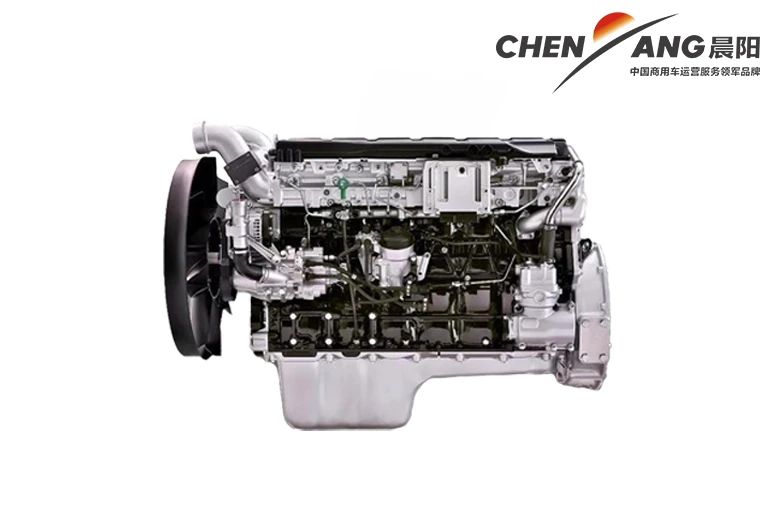transmission actuator
Understanding the Transmission Actuator A Key Component in Modern Vehicles
In the ever-evolving world of automotive technology, the transmission actuator stands out as a critical component that significantly influences vehicle performance and efficiency. As vehicles become increasingly complex, understanding the function and importance of the transmission actuator is essential for automotive enthusiasts and professionals alike.
What is a Transmission Actuator?
A transmission actuator is a device that plays a crucial role in controlling the transmission system within a vehicle. It is responsible for managing the gear selection process, which is essential for ensuring smooth operation and optimal performance. The actuator responds to various inputs, including the driver’s commands and the vehicle’s speed, to facilitate the shifting of gears at the right moment.
Types of Transmission Actuators
Transmission actuators can be categorized based on their design and functionality. The two primary types are mechanical actuators and electronic actuators.
1. Mechanical Actuators Traditional vehicles often use mechanical linkages connected to the transmission system. These linkages are operated by the driver's gear selector, transmitting physical motion to change gears. While reliable, mechanical systems can lack the precision and quick response times found in modern electronic systems.
2. Electronic Actuators With advancements in automotive technology, many manufacturers have shifted to electronic actuators. These devices utilize electric motors and sophisticated control algorithms to select gears. Electronic actuators offer several advantages, including improved accuracy, faster response times, and the ability to integrate with various vehicle systems, such as adaptive cruise control and traction management.
How Does a Transmission Actuator Work?
The operation of a transmission actuator varies slightly between types, but the fundamental concept remains similar. In an electronic actuator, sensors constantly monitor the vehicle's speed, engine load, and throttle position. Based on this data, the vehicle’s Engine Control Unit (ECU) determines the optimal gear for the current driving conditions.
When a gear change is necessary, the ECU sends a signal to the actuator, which then engages the appropriate gears by manipulating the internal mechanisms of the transmission. This process occurs rapidly, allowing for seamless transitions that enhance driving comfort and performance.
transmission actuator

Advantages of Electronic Transmission Actuators
The transition from mechanical to electronic transmission actuators has brought numerous benefits to the automotive industry
1. Improved Fuel Efficiency By optimizing gear selection based on real-time data, electronic actuators can significantly improve fuel economy. They allow the engine to operate at its most efficient levels, reducing fuel consumption and emissions.
2. Enhanced Performance Electronic actuators provide quicker and more precise gear changes, resulting in a smoother driving experience. This rapid response time is especially important in performance vehicles where responsiveness is crucial.
3. Integration with Advanced Driver-Assistance Systems (ADAS) As vehicles become more automated, the integration of transmission actuators with ADAS systems is becoming increasingly common. This integration enables features like automatic emergency braking and adaptive cruise control, further enhancing safety and driving comfort.
4. Reduced Wear and Tear Smooth gear shifts reduce the strain on the transmission components, leading to extended vehicle lifespan and decreased maintenance costs over time.
Challenges and Considerations
Despite the numerous benefits, transmission actuators also come with their own set of challenges. Electronic systems are more complex and may be susceptible to electronic failures or glitches. Therefore, accurate diagnostics and software updates are crucial for maintaining the functionality of these systems.
Additionally, the cost associated with electronic transmission actuators can be higher than their mechanical counterparts. As technology continues to advance, it’s essential for manufacturers to balance cost with performance and reliability.
Conclusion
In conclusion, the transmission actuator is a fundamental component in modern vehicles that significantly impacts performance, efficiency, and the overall driving experience. With the shift towards electronic systems, vehicles have become smarter and more responsive, allowing for an unparalleled level of comfort and convenience. As technology continues to advance, the role of transmission actuators will only become more critical in shaping the future of transportation, ensuring that both drivers and automotive manufacturers can enjoy the benefits of enhanced performance and efficiency. Understanding this crucial component can provide insights into the intricate workings of modern vehicles, making it a vital area of study for automotive professionals and enthusiasts alike.
-
Hydraulic Lock Assembly for SHACMAN Truck Parts – Durable & ReliableNewsJul.28,2025
-
SINOTRUK HOWO 84 Electric Dump Truck for Eco-Friendly Heavy HaulingNewsJul.26,2025
-
The Fast 16-Gear Manual Transmission Assembly for Heavy TrucksNewsJul.25,2025
-
Mercedes Benz Actros 1848 42 Tractor Truck for Sale - Reliable PerformanceNewsJul.24,2025
-
High-Quality Water Pump Assembly for Sinotruk Trucks – Durable & ReliableNewsJul.23,2025
-
Premium Truck Engine Antifreeze Coolant Fluid for Heavy Duty VehiclesNewsJul.22,2025
Popular products

























